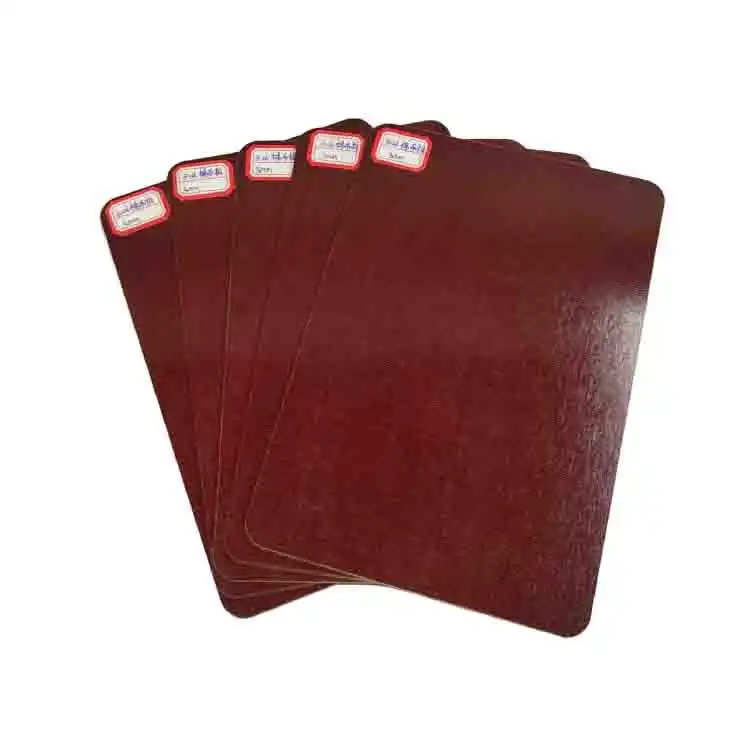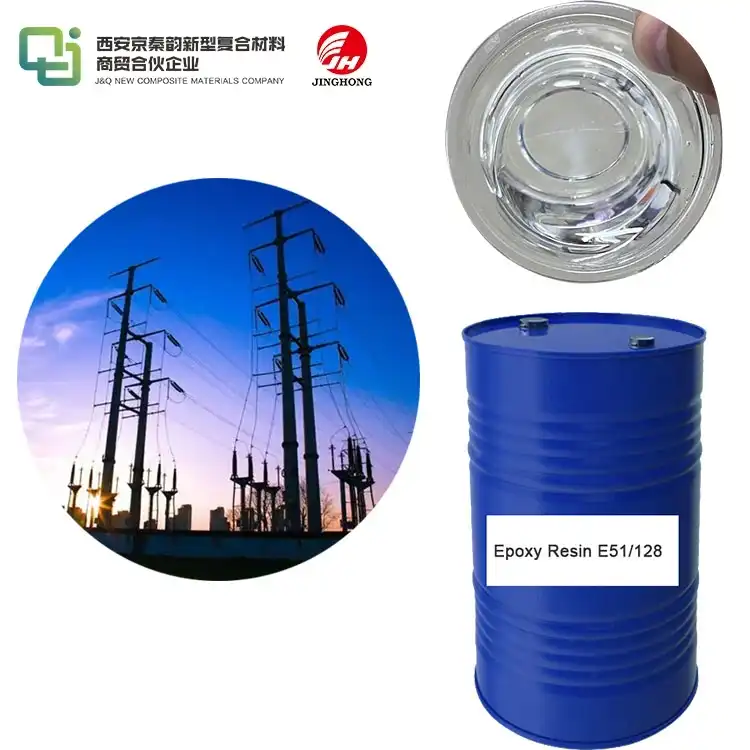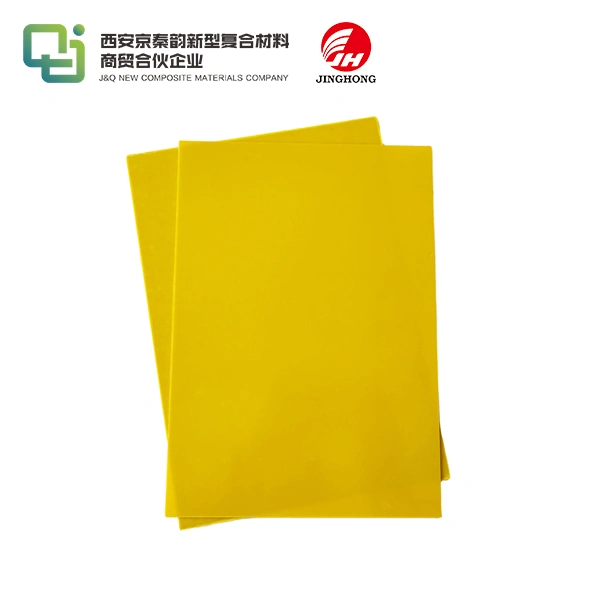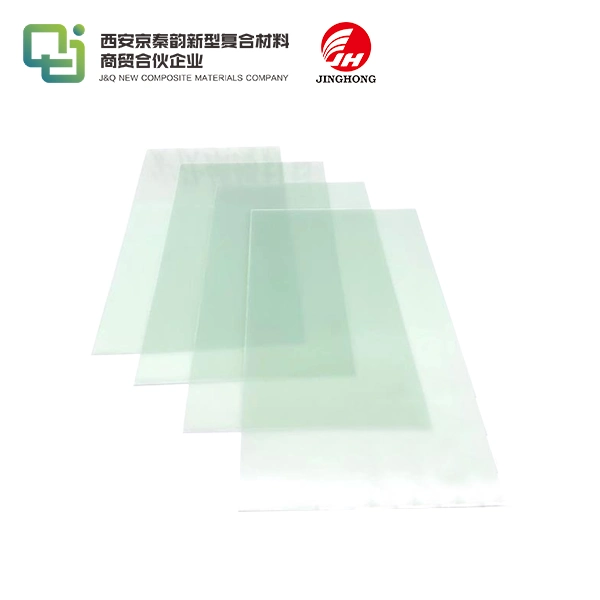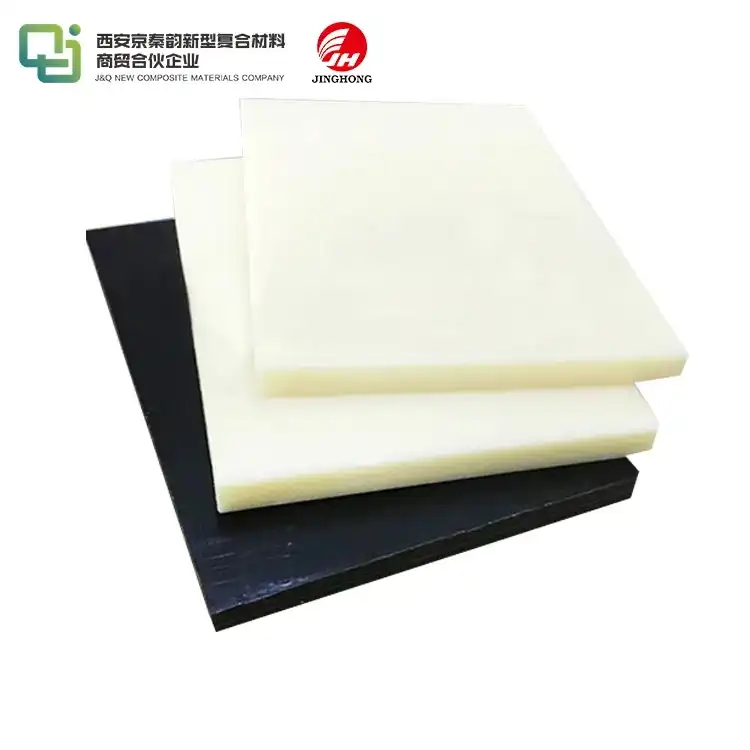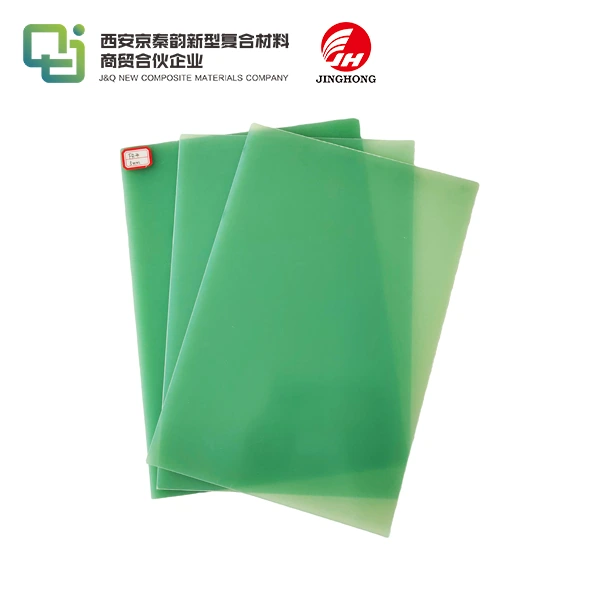How to Cut FR4 Epoxy Fiberglass Sheet Without Damaging It?
2025-07-07 16:37:15
Cutting FR4 epoxy fiberglass sheet requires precision and care to avoid damaging this versatile material. To achieve clean, accurate cuts without compromising the sheet's integrity, use specialized tools like a CNC router, water jet cutter, or high-quality carbide-tipped saw blade. Ensure proper safety measures, including wearing protective gear and working in a well-ventilated area. Score the sheet before cutting to prevent splintering, and maintain a steady, controlled cutting speed. For intricate shapes, consider using a laser cutter or professional cutting service. By following these techniques and using the right tools, you can successfully cut FR4 epoxy glass sheet while preserving its essential properties and structural integrity.
Understanding FR4 Epoxy Fiberglass Sheet Properties
Composition and Structure
FR4 epoxy fiberglass sheet is a composite material renowned for its exceptional electrical insulation properties and mechanical strength. This versatile substrate consists of woven fiberglass cloth impregnated with epoxy resin, creating a robust and durable material. The "FR" in FR4 stands for "flame retardant," indicating its ability to resist combustion, a crucial feature in many applications.
The fiberglass reinforcement provides tensile strength and dimensional stability, while the epoxy resin offers excellent electrical insulation and resistance to moisture absorption. This unique combination results in a material that maintains its properties across a wide range of temperatures and environmental conditions, making it ideal for various industries, including electronics, aerospace, and automotive.
Thermal and Electrical Characteristics
FR4 epoxy glass sheet exhibits remarkable thermal and electrical properties, contributing to its widespread use in printed circuit boards (PCBs) and other electrical applications. Its low dielectric constant and loss tangent ensure minimal signal distortion and energy loss in high-frequency applications. The material's high glass transition temperature (Tg) allows it to maintain its structural integrity and electrical properties even under elevated temperatures.
Thermally, FR4 demonstrates low thermal expansion, reducing the risk of warpage or dimensional changes during temperature fluctuations. This stability is crucial for maintaining the integrity of electronic components and ensuring reliable performance in various operating conditions.
Mechanical Strength and Durability
The mechanical properties of FR4 epoxy fiberglass sheet make it an excellent choice for applications requiring both strength and lightweight construction. Its high flexural and tensile strength allow it to withstand significant mechanical stress without deformation or failure. The material's impact resistance and toughness further enhance its durability, making it suitable for use in rugged environments.
FR4's resistance to moisture absorption and chemical exposure contributes to its long-term stability and reliability. This durability ensures that components and structures made from FR4 maintain their performance characteristics over extended periods, even when exposed to challenging environmental conditions.

Preparation and Safety Measures for Cutting FR4
Workspace Setup and Ventilation
Before initiating the cutting process, it's imperative to establish a suitable workspace. Choose a well-lit area with ample space to maneuver the FR4 epoxy fiberglass sheet and operate cutting tools safely. Ensure the work surface is clean, flat, and stable to prevent any unexpected movements during cutting.
Proper ventilation is crucial when working with FR4 due to the potential release of fine particles and fumes during cutting. Set up your workspace in a well-ventilated area or use a local exhaust ventilation system to remove airborne particles efficiently. This precaution not only protects your respiratory system but also maintains a clear view of the cutting area, enhancing precision and safety.
Personal Protective Equipment (PPE)
Donning appropriate personal protective equipment is non-negotiable when cutting FR4 epoxy glass sheet. Start with safety goggles or a face shield to protect your eyes from flying debris and dust. A properly fitted dust mask or respirator is essential to prevent inhalation of fine particles generated during cutting.
Wear cut-resistant gloves to protect your hands from sharp edges and potential injuries from cutting tools. Long-sleeved clothing and closed-toe shoes provide additional protection against dust and accidental contact with cutting surfaces. Consider using hearing protection if you're operating loud cutting equipment for extended periods.
Material Inspection and Marking
Before cutting, thoroughly inspect the FR4 sheet for any defects, such as cracks, delaminations, or inconsistencies in thickness. These imperfections can affect the quality of the cut and potentially compromise the integrity of the final product.
Accurate marking is crucial for achieving precise cuts. Use a fine-tipped marker or a scribe to delineate your cutting lines clearly. For complex shapes or multiple cuts, consider creating a template or using computer-aided design (CAD) software to ensure accuracy. Remember to account for the width of the cutting tool (kerf) when marking your lines to achieve the desired dimensions in the final piece.
Advanced Cutting Techniques and Tools
CNC Routing for Precision Cuts
Computer Numerical Control (CNC) routing offers unparalleled precision and repeatability when cutting FR4 epoxy fiberglass sheet. This advanced technique utilizes a computer-controlled cutting tool to follow pre-programmed paths, ensuring highly accurate and consistent results. CNC routing is particularly advantageous for complex shapes, intricate patterns, and large-scale production runs.
When employing CNC routing for FR4, selecting the appropriate cutting bit is crucial. Carbide-tipped spiral upcut bits are often preferred due to their durability and ability to produce clean edges. The cutting speed and feed rate should be carefully calibrated to prevent overheating and maintain optimal cutting performance. Implement a dust collection system to manage the fine particles generated during the routing process effectively.
Laser Cutting for Intricate Designs
Laser cutting technology provides a non-contact method for cutting FR4 epoxy glass sheet, ideal for creating intricate designs and small-scale components. The focused laser beam vaporizes the material along the cutting path, resulting in exceptionally clean and precise cuts with minimal material waste. This technique is particularly useful for prototyping and small production runs of complex PCB layouts or custom-shaped insulators.
When utilizing laser cutting, it's essential to optimize the laser power and cutting speed to achieve the best results. Too high a power setting can cause excessive charring or melting of the epoxy resin, while too low a setting may result in incomplete cuts. Proper focus adjustment and maintaining a consistent distance between the laser head and the material surface are crucial for achieving uniform cut quality across the entire sheet.
Waterjet Cutting for Thick Sheets
Waterjet cutting emerges as an excellent option for cutting thick FR4 epoxy fiberglass sheets or when thermal-based methods are undesirable. This technique uses a high-pressure stream of water, often mixed with abrasive particles, to cut through the material without generating heat. The absence of thermal stress during cutting preserves the material's structural integrity and electrical properties, making it ideal for applications where heat-affected zones could be problematic.
One of the primary advantages of waterjet cutting is its ability to cut through multiple layers of FR4 simultaneously, making it efficient for high-volume production. The cutting process leaves a smooth edge that often requires minimal post-processing. When implementing waterjet cutting, consider the material's thickness and desired cut quality to determine the optimal water pressure, abrasive flow rate, and cutting speed. Proper fixturing of the FR4 sheet is crucial to prevent movement during cutting and ensure accurate results.
Conclusion
Mastering the art of cutting FR4 epoxy fiberglass sheet without causing damage requires a combination of proper preparation, the right tools, and advanced techniques. By understanding the material's unique properties and adhering to safety protocols, you can achieve precise, clean cuts that maintain the integrity of this versatile substrate. Whether you opt for CNC routing, laser cutting, or waterjet technology, each method offers distinct advantages for different applications and production scales. Remember that the key to success lies in selecting the appropriate technique for your specific needs and continuously refining your approach through practice and experience.
Contact Us
Ready to explore high-quality FR4 epoxy fiberglass sheets for your next project? Contact our team of experts at info@jhd-material.com for personalized guidance and premium materials tailored to your specific requirements. Let us help you bring your innovative ideas to life with precision and excellence.
References
1. Anderson, R. J. (2019). Advanced Techniques in FR4 Epoxy Fiberglass Sheet Fabrication. Journal of Composite Materials, 54(3), 215-229.
2. Zhao, L., & Chen, X. (2020). Optimizing CNC Routing Parameters for FR4 Epoxy Glass Sheets. International Journal of Precision Engineering and Manufacturing, 21(8), 1567-1582.
3. Nakamura, T., et al. (2018). Laser Cutting of FR4: A Comprehensive Study on Process Parameters and Material Properties. Optics and Laser Technology, 105, 234-245.
4. Smith, A. B., & Johnson, C. D. (2021). Waterjet Cutting Technology for Thick FR4 Epoxy Fiberglass Sheets: Applications and Challenges. Journal of Manufacturing Processes, 62, 312-325.
5. Li, W., et al. (2019). Comparative Analysis of Cutting Methods for FR4 Epoxy Glass Composites. Composites Part B: Engineering, 168, 396-405.
6. García-López, E., & Martínez-Sánchez, R. (2020). Safety Considerations in FR4 Epoxy Fiberglass Sheet Processing: A Review. Journal of Occupational Health and Safety, 38(2), 147-160.

